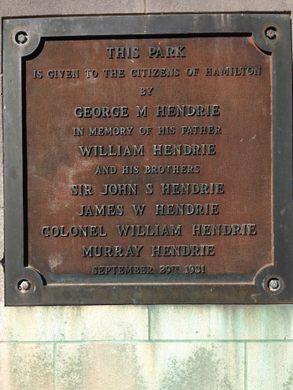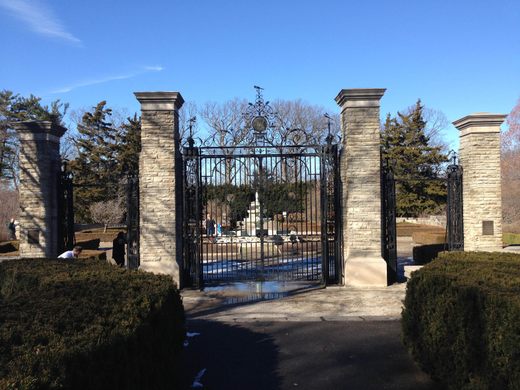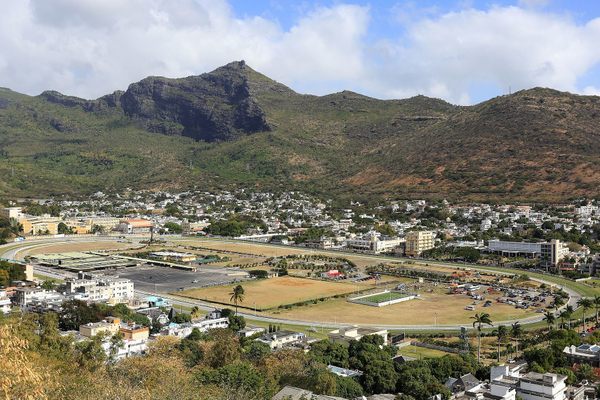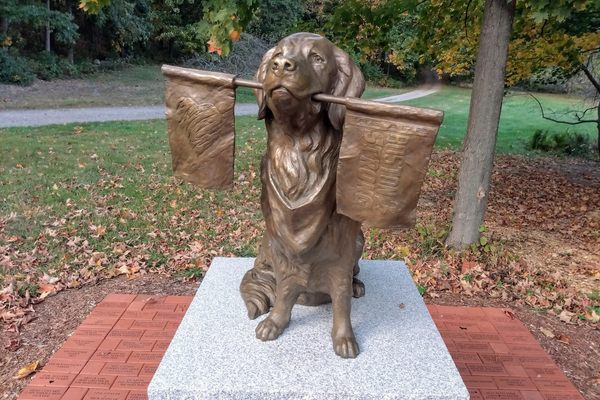Martimas's Grave
The racehorse's headstone highlights a forgotten part of the Hendrie Park Gardens' history.
Hidden beside a monument in the Hendrie Park Gardens at Burlington’s Royal Botanical Gardens is the headstone of an accomplished Thoroughbred racehorse, Martimas. The marker preserves a part of the land’s horse racing history.
The Hendrie Park Gardens is actually part of the former Valley Farm, a 122-acre parcel of land once owned by William Hendrie, an immigrant from Scotland born in 1831. Decades after his father’s death in 1906, his son, George, donated the farm to the citizens of Hamilton in 1931, and thus created the Hendrie Park Gardens.
William Hendrie was highly successful with both his construction and shipping businesses. His fleet of 300 horse-drawn wagons delivered goods to the cities and towns from the Hamilton North-end train yards. But Hendrie’s interest in horses was not all business. He also bred and owned Thoroughbred racehorses and was a founding member of the Ontario Jockey Club.
One of his horses, Martimas, won a Futurity race in New York, and Hendrie donated a portion of the horse’s winnings to build a new wing at Hamilton General Hospital. The horse was the first stallion to be listed in the Canadian Thoroughbred Stud Book published by the Canadian Thoroughbred Horse Society in 1914.
The inscription on Martimas’s headstone is from a poem called “The Place Where The Old Horse Died” by George John Whyte-Melville. It reads: “Dumb creatures we have cherished here below / Shall give us joyous greeting when we pass the golden gate / Is it folly that I hope it may be so?” / Whyte-Melville.
Geordie Hendrie, a great-great-grandson of William Hendrie, still owns and races Thoroughbreds today at Woodbine Racetrack in Toronto under the same Hendrie family silks.
















Follow us on Twitter to get the latest on the world's hidden wonders.
Like us on Facebook to get the latest on the world's hidden wonders.
Follow us on Twitter Like us on Facebook